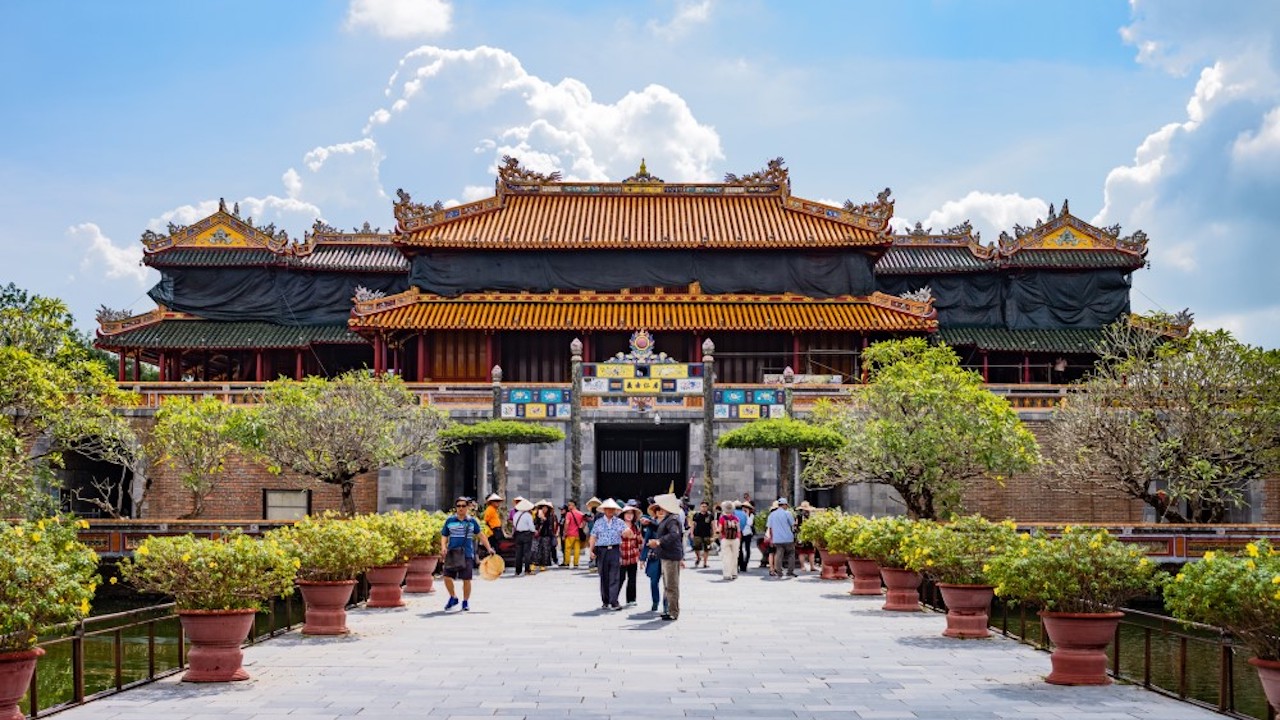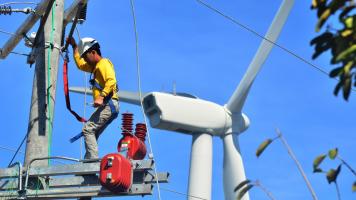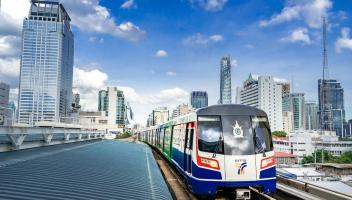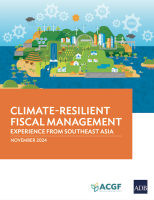
As the seat of the Nguyen Dynasty from 1802 to 1945, the city of Hue in Viet Nam's Thua Thien Hue province has significant historical and cultural assets, including the Citadel and the Imperial City. Photo credit: iStock/Gim42.
The city of Hue is looking at nature-based solutions to balance historical asset conservation and urban development and enhance climate resilience.
The historic city of Hue in central Viet Nam aspires to become “a highly sustainable, world-class tourist destination.” To achieve this goal, the city is looking at nature-based solutions to balance historical asset conservation and urban development as well as enhance climate resilience.
As the seat of the Nguyen Dynasty from 1802 to 1945, Hue in Thua Thien Hue province has significant historical and cultural assets, including the Citadel and the Imperial City. The Complex of Hue Monuments is in the UNESCO World Heritage List as an outstanding example of feudal urban planning in East Asia. The structures were laid out strategically in the midst of the Ngu Binh Mountain (known as the Royal Screen) and the Perfume River according to ancient oriental philosophy and with respect to the natural environment.
The complex of monuments has survived three wars, and it is largely intact, drawing an increasing number of tourists every year. However, key features, such as the ponds and canals of the Citadel, need to be rehabilitated. Meanwhile, rapid urbanization and expanding human settlements demand increased investments in public infrastructure and services. Frequent flooding in the city also must be addressed.
Green city action plan
At just 3 meters above sea level, Hue is highly vulnerable to rising sea levels and flooding. In the dry season, the temperature can go as high as 41˚C, and it is projected to get hotter for more days per year because of climate change.
With assistance from the Asian Development Bank (ADB), city and provincial authorities drew up a green city action plan that integrates urban development with environmental planning to improve livability and resilience as well as economic opportunities. Hue is also preparing for its future role as Thua Thien Hue city, a provincial-level city with enhanced authorities and responsibilities.
Tourism is a major contributor to the economy, but it is still considered underdeveloped. Under the green city action plan, environmental improvement is key to the development of the tourism sector and improving the quality of life for residents. This entails improving the wastewater and drainage system of the Citadel to prevent flooding, developing a new urban area on the east bank of the Huong River to reduce development pressures on the historical conservation areas on the west bank, and mitigating the impacts of rapidly increasing road traffic and fragmented road connections.
Ecological and climate-resilient design
An ADB-supported project is helping Hue and two other cities in Viet Nam explore and deploy nature-based solutions to upgrade urban infrastructure, address climate change, and increase economic competitiveness. For example, adopting an ecological and climate-resilient design for embankments and urban drainage channels can minimize concrete structures and balance engineering measures with river ecosystem conservation and improve public services. Adding green functions to road designs will allow water filtration and retention for storm water runoff.
The project is designed to enable secondary cities with populations between 50,000 and 300,000 to catch up with highly developed urban centers through a green and resilient city development approach. Lessons and insights from the project will help other cities in Viet Nam and other Southeast Asian countries replicate this approach.
In Hue, the project will upgrade drainage pipelines and road surfaces, improve river embankment, rehabilitate water-retention ponds, and develop green spaces. It is introducing water-sensitive urban design to expand and improve urban environmental infrastructure (e.g., stormwater, wastewater, solid waste) and restore and preserve key environmental assets (e.g., riverfront, ponds, lakes).
Integrating water flows in urban landscaping
Water-sensitive urban design is an ecosystem-based approach that recognizes urban water as a valuable resource and takes into account its multiple uses. It employs integrated solutions to manage wastewater, flooding, rain, and surface water runoff as well as protect and improve water quality. An example is the Bishan-Ang Mo Kio Park in Singapore, which used bioengineering methods to transform a concrete canal into a naturalized river. The riverbanks were designed to channel storm water to a reservoir.
A practitioner’s guide to integrating nature-based solutions for climate change adaptation notes that Hue’s urban planners initially designed concrete embankments for the rehabilitation of rivers and ponds. The ADB project proposed an alternative embankment design with natural edge treatments that can support habitat for wildlife and provide green spaces for the community.
Lap River and Sen Pond were chosen as case study sites in Hue for applying water-sensitive urban design principles to improve water quality, promote biodiversity, prevent soil erosion and sedimentation, and create natural spaces for community gatherings. The river and ponds in the city have poor water quality and suffer from inhibited flow or poor circulation of water.
The study team came up with a plan that involves introducing vegetated swales (natural drainage canals) to convey and treat water runoff from nearby streets and using aquatic plants to improve water quality. Installing low-cost water circulation systems in the ponds can also help improve water quality. Other recommendations include using riprap and gabions for slope reinforcement and placing view decks and boardwalks along the water’s edge.
Gaining the support of stakeholders
Using soft engineering, such as water sensitive urban design, is a new approach in Viet Nam and other parts of Southeast Asia where conventional hard engineering methods involving manufactured and artificial structures have been used for years.
Though water sensitive urban design is closely aligned with traditional Asian practices that value harmony with nature, there is still a need to promote greater understanding of this new concept and its many benefits among stakeholders, including policy and decision makers. Among the advantages are its adaptability for different city sizes and for long-term urban planning, low risk and negative impacts on both people and the environment, and greater cost-efficiency since it is often less costly to implement and maintain.
Successful implementation depends on strong support and participation of stakeholders from design to implementation. The Secondary Green Cities Development Project in Viet Nam includes awareness-raising and capacity-building activities, consultations with climate-vulnerable groups, and community-led initiatives. It is funding community projects, such as a flood shelter and neighborhood road improvement.
Hue’s green city action plan recognizes that “maintaining a green city will need greater citizen awareness that needs to be established through a changed mindset and behavior.” Demonstrating and broadening the benefits of green infrastructure will be key to realizing its goal.


